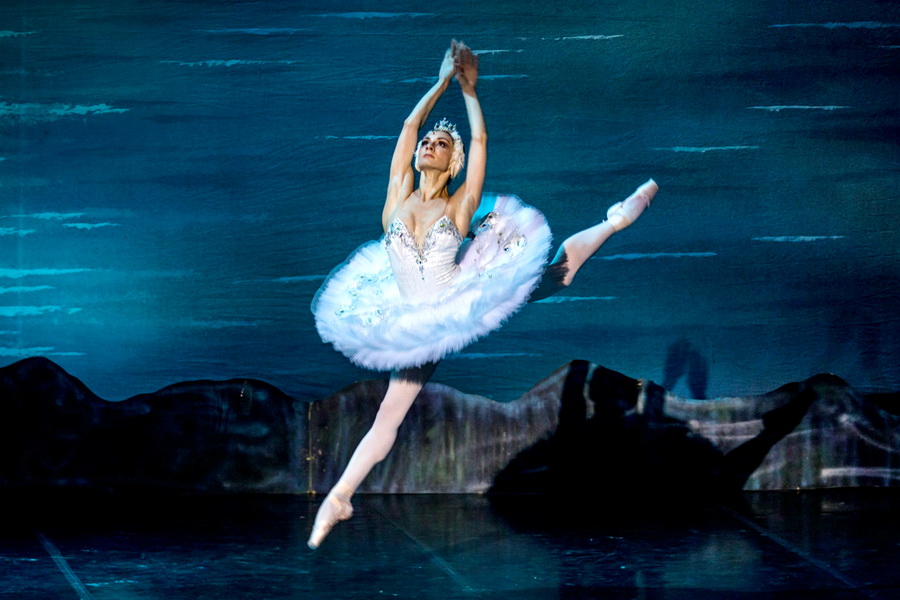 "Swan Lake" ballet by P. Tchaikovsky
"Swan Lake" ballet by P. Tchaikovsky
Russian culture is an invaluable piece of the country’s intangible heritage, combining traditions from Russia’s various ethnic groups, sub-cultures and worldviews while reflecting its complex history and diverse geographical features.
Certain elements of present-day Russian culture have their roots in pagan times. Genres of folklore, selected holiday rituals and even details of traditional embroidery, for example, can be traced back to the country’s pre-Christian era.
Over the centuries, the development of Russian culture was heavily influenced by its geographical location between East and West. Its seemingly limitless and diverse landscape is conveyed in both artistic and literary works as artists and writers sought to portray the reality of Russia, a reality that could vary greatly depending on the region. Thanks to its vast territory and the evolution of its civilizations over time, Russia has become the homeland for diverse nationalities whose traditions meshed with the existing culture, gradually reshaping and transforming it. All of this, in turn, has contributed to the development of modern-day Russia’s cultural richness.
Today, the far-reaching influence of Russian culture can be seen, among other areas, in its overwhelming contribution to the arts. The names of prominent Russian cultural figures - Dostoevsky, Tolstoy, Tchaikovsky, Glinka, Pushkin, Akhmatova – have become household names the world over. The works of numerous Russian writers have been translated into countless languages, and Swan Lake and The Nutcracker are the most popular ballets of all time.
Russian Painting
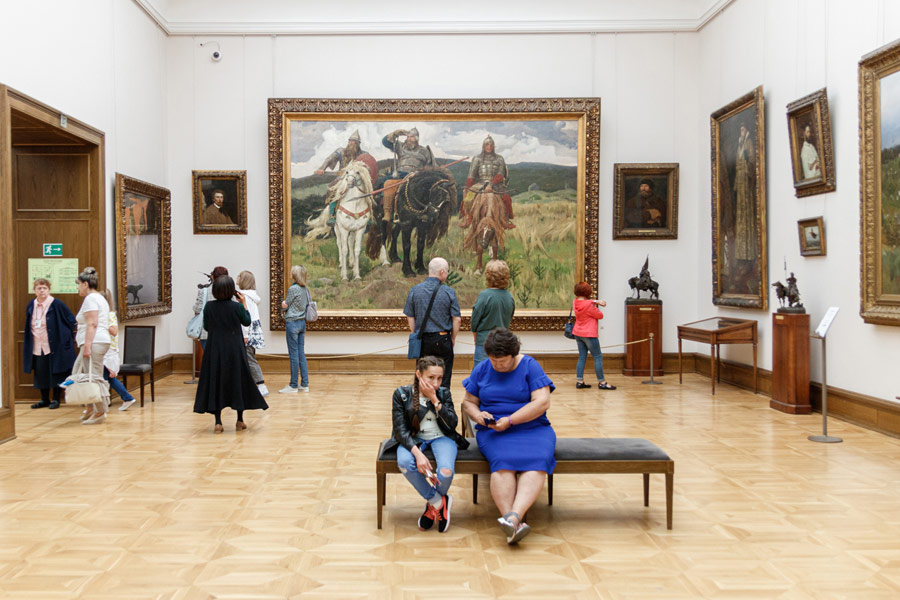
For a long time, Russian painting was limited to religious icons. Each of the famous masters had his own style – the icons of Andrei Rublev were very different from those created by Theophanes the Greek, for example. During Peter the Great’s reign, western techniques entered Russia and Russian artists started to paint landscapes, portraits, and still lifes. By the beginning of the 20th century, Russian landscape paintings conveyed not only the beauty of nature, but also the artist’s state of mind. In the early 20th century, the trends of modernism and avant-garde flourished. For example, the avant-garde artist Kazimir Malevich created a new style of abstract art – Suprematism – that focused on simple shapes and colours rather than depicting a scene, landscape, or person. This new style was reflected in Malevich’s iconic painting, “Black Square”.
Russian Literature
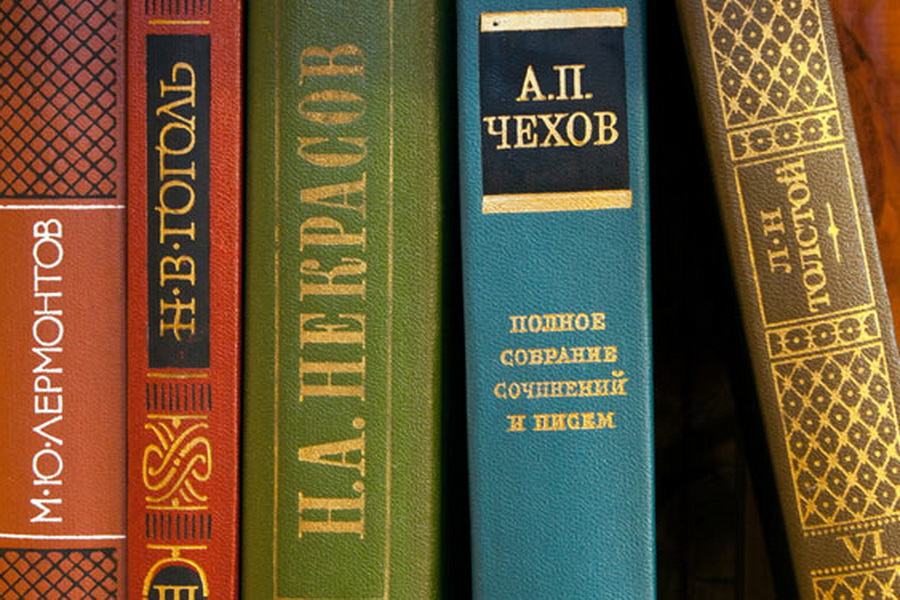
An important part of Russian culture is the country’s literary heritage. The works of Dostoevsky, Tolstoy, Lermontov, Pushkin, and Griboyedov have been translated into many different languages. Characteristic features of Russian literature include in-depth descriptions of heroes’ emotional experiences, picturesque and evocative descriptions of natural landscapes, and studies of the inner worlds of human beings. The “silver age” of Russian poetry in the late 19th century and early 20th century yielded beautiful works by poets such as Anna Akhmatova, Sergei Yesenin, Marina Tsvetaeva, Alexander Blok, and Valery Bryusov. Literary works produced during the Soviet era have also had an enduring impact on Russian culture, with writers such as Arkady and Boris Strugatsky, Vladimir Vysotsky, and Yevgeny Yevtushenko known across the world.
Russian Theatre
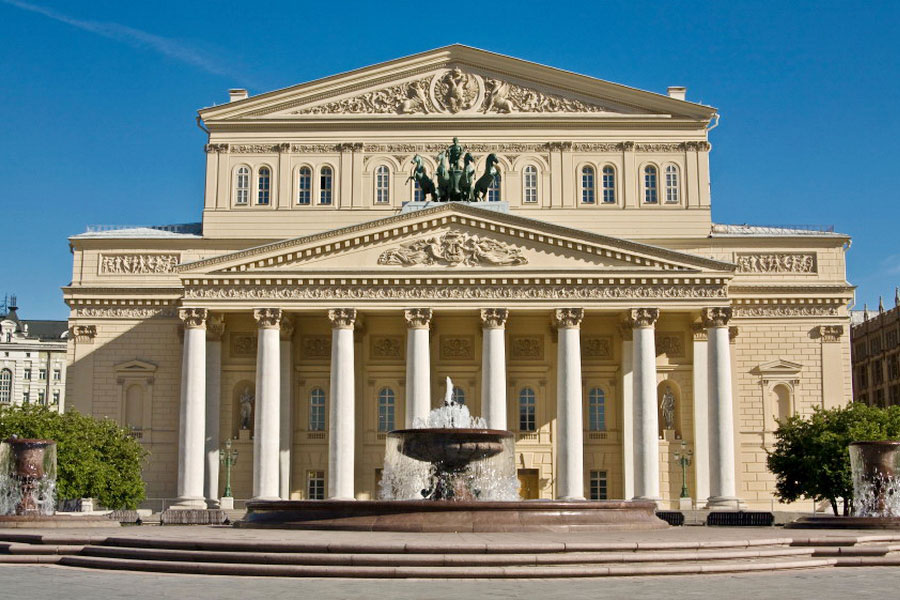
Russia is world-famous for its ballet, a unique school of dance art that has become the hallmark of the country. It’s not surprising that so many visitors to Russia want to attend a ballet performance. Yet few people know that the history of Russian theatre originates in festivities and performances in public squares, with clowns/jesters having founded Russia’s theatrical culture.
Russian Sculpture
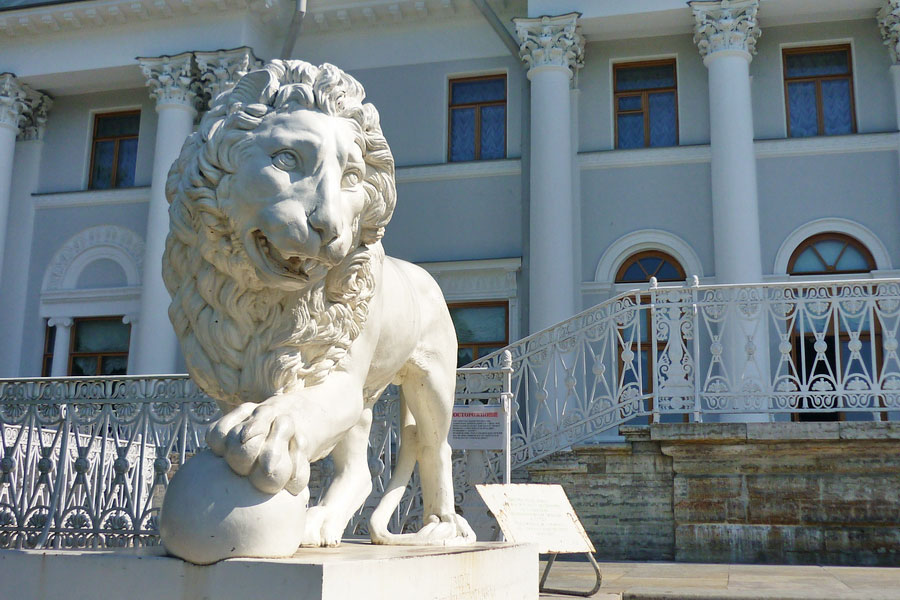
The genre of sculpture developed unevenly in Russia. The Slavs carved wooden and stone idols that symbolised different elements or spirits. After the advent of Christianity, the art of creating such sculptures almost died out due to the ban on idolatry in Orthodox Russian culture. However, the genre developed in the form of bas-reliefs and the design of building façades. The practice of sculpture took off again in earnest during the reforms of Peter the Great, when much was adopted from the Western European style. Significant attention was paid to sculpture in the Soviet era, with leaders and public figures honoured and immortalised in marble, stone, bronze, or plaster.
Russian Music
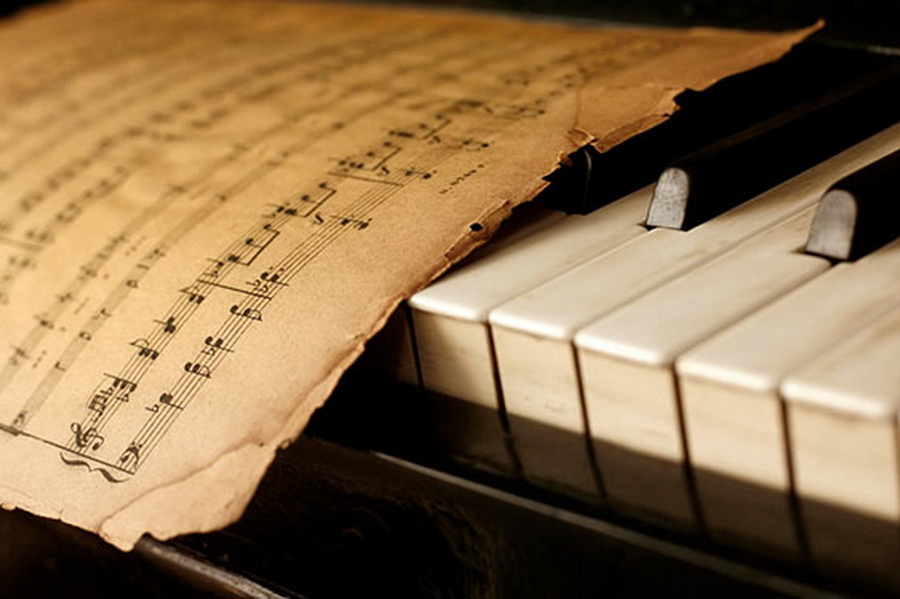
Russian music has evolved from simple folk songs to complex symphonic compositions. Russian classical music combines volume, artistic depth, lightness, and dramatic character. The works of the great Russian composers Glinka, Mussorgsky, and Rimsky-Korsakov are regularly performed in major theatres around the world. Compositions from Tchaikovsky’s ballets “The Nutcracker” or “Swan Lake” are immediately recognisable.
Russian Cinema
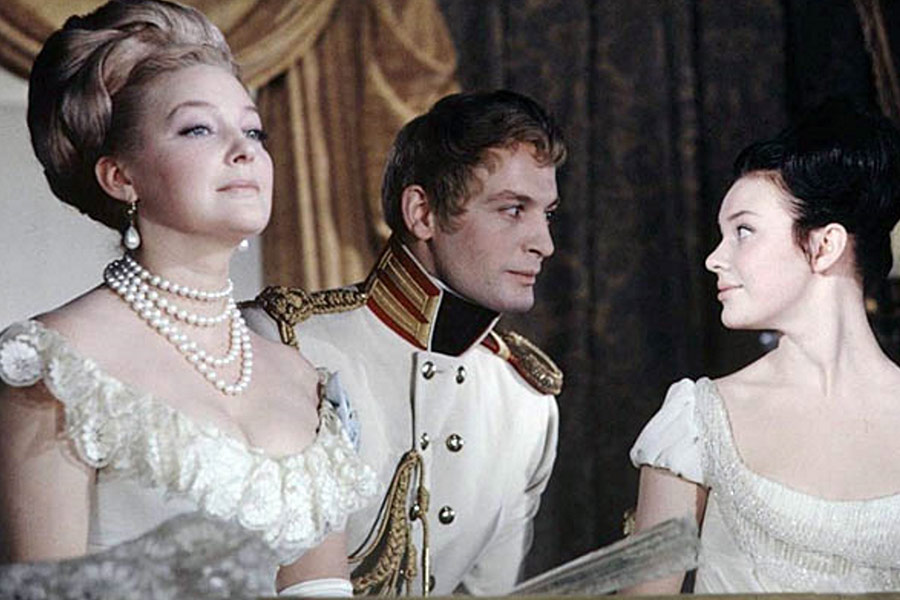
Russia’s modern cinematic culture is often guided by Western films. At the same time, cult Russian films are distinguished by their unique style, storylines, and acting. Despite the strained relationship between the Soviet Union and the West, some films from the Soviet school of cinematography won prestigious awards at international competitions.
Traditional Russian Men’s Clothing
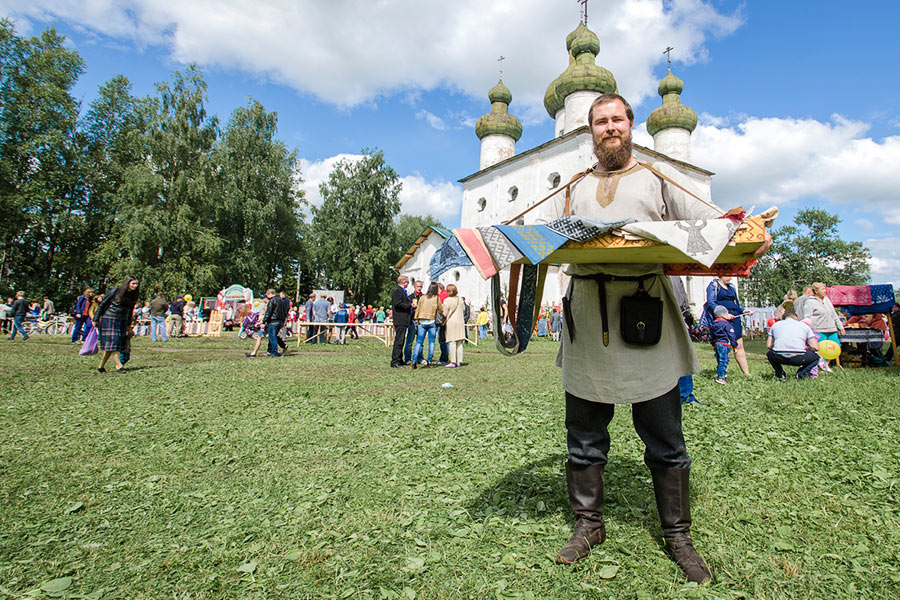
The clothes of the Slavs, like those of many ancient peoples, protected the wearer in both a physical sense (from the elements) and a symbolic sense (for example, from the evil eye). Traditional men’s clothing was simpler than women’s, consisting of a loose linen shirt, canvas trousers, and a belt. In Russian culture, the belt was an indispensable attribute of “human” clothing. According to the Slavs, only evil spirits and the dead did not wear a belt. To protect a man from evil spirits and give him courage and clarity, various amulets were embroidered on clothes. The embroidery was usually on the collar and, of course, the belt.
Traditional Russian Women's Clothing
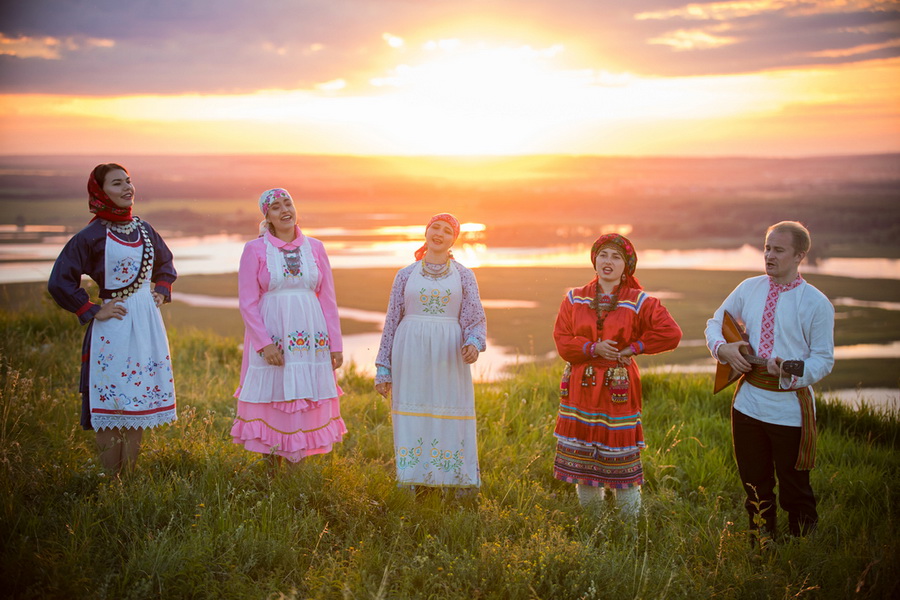
From looking at the clothes worn by a Slavic woman, it was possible to determine her geographic origin, marital status, and age. Each element had a hidden meaning. For example, a girl of marriageable age wore two braids, a married woman wore one braid, and a widow could wear her hair loose and her head uncovered. Women’s clothing consisted of multiple layers. The sarafan, or pinafore dress, played a special role. The cut of this traditional garment varied depending on the region.
History of Russian Culture
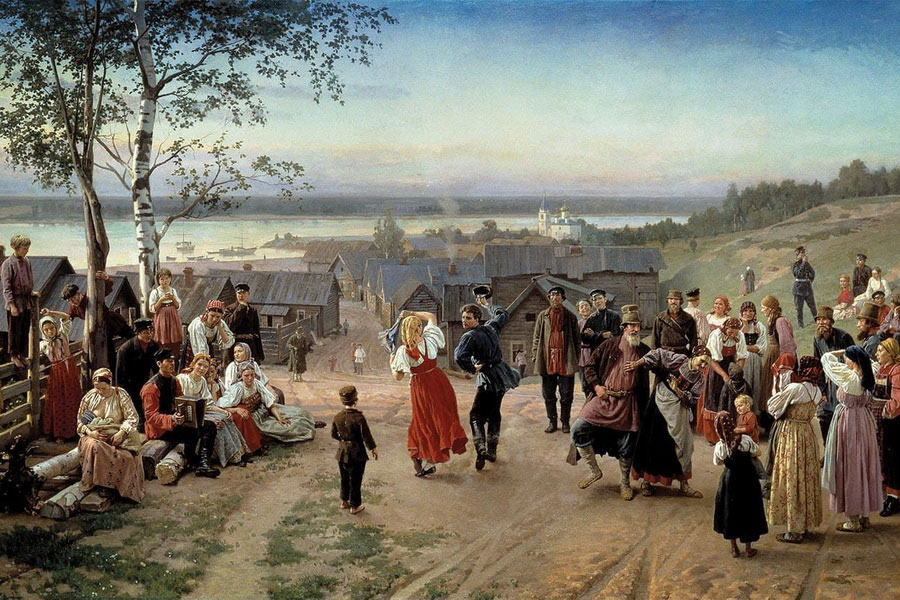
The evolution of Russian culture can be divided into five stages: the culture of Ancient Rus, the culture of the 13-17th centuries, the culture of the Russian Empire, Soviet culture and, in fact, modern culture.
The development of Russian culture was greatly influenced by the arrival of Christianity in Kievan Rus; architecture, traditions and writing changed.
The invasion of Khan Batu drew back the influence of Byzantine culture. The stage of Muscovite Rus united the endless lands around the capital, the white-stone Moscow Kremlin was built, the painting of churches with frescoes was revived, and the painters again began to focus on the Byzantine canons. By the way, it was at that time that the famous icon painter Andrei Rublev worked.
Through the reforms of Peter I, Russian culture was reoriented towards Western European values. During this period, the foundations of the Russian literary language were formed and world-famous works of Russian classics were written.
The Soviet period strongly influenced culture, the coming of the Bolsheviks to power forced the creative and scientific figures of tsarist Russia to emigrate to Europe. However, at this time a new generation of the Soviet elite grew up, theater and cinema developed.

